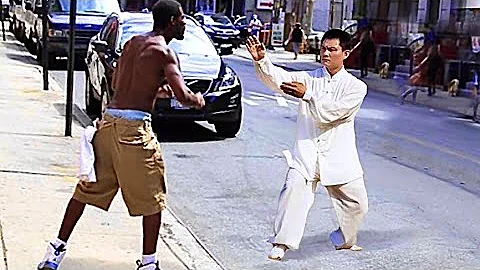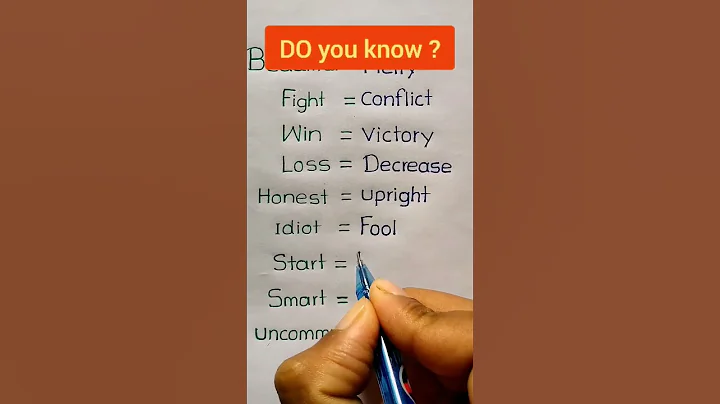The 35th middle school mathematics competition in the United States was held in February 1984. More than 100 high school students in our country were invited to participate in the competition and achieved good results. There are a total of 30 questions in this competition, which are required to be answered within 90 minutes, with an average of 3 minutes to answer one question. Each question is given five answers, only one of which is correct. 5 points are awarded for pointing out the correct answer, 0 points for not answering, and -1 point for incorrect answers.
Let's look at a question related to the projective theorem.
The question presents
In the right triangle ABC, AB is the hypotenuse, AC=15, the high CH score AB is AH and HB, HB=16, then the area of △ABC is
(A) 120; (B) 144; (C ) 150; (D) 216; (E) 144√5.
Before solving the problem, let’s understand the projection theorem.
What is the projection theorem?
Projection theorem, also known as "Euclidean theorem", the content of the theorem is that in a right triangle, the height of the hypotenuse is the proportional median of the projection of the two right sides on the hypotenuse. Each right side is The projection of this right-angled side on the hypotenuse is the median of the ratio of the hypotenuse. The formula is expressed as: As shown in the figure, in Rt△ABC, ∠ACB=90°, cd is the height on the hypotenuse ab, then there is a projective theorem as follows: ①CD²=AD·DB,
②BC²=BD·BA,
③AC²=AD· AB,
④AC·BC=AB·CD

The source of the projective theorem
Where does this projective theorem come from? Did it fall from the sky? No, it comes from Euclid 's proof of 's Pythagorean theorem in " Elements of Geometry ". Please look at the picture below:

There are three squares in the picture above, they are called dancing squares, forming a right triangle. There are also five auxiliary lines in the figure that form Euclid's windmill.
There are more than 400 proofs of the Pythagorean theorem. Euclid's proof is unique. It is not only the Pythagorean theorem, but also the projection theorem.
This diagram was used by Euclid to prove the Pythagorean Theorem. The first auxiliary line AL is perpendicular to the hypotenuse of the right triangle and divides the large square into two rectangles.
Euclid said that the area of a rectangle with BL as its diagonal is equal to a small square, and the area of a rectangle with CL as its diagonal is equal to a medium square.
Because the sum of the areas of these two rectangles is equal to the area of the large square, so, c² = a² + b², the proposition is proved.
The areas of these two rectangles are equal to the areas of the corresponding squares, which is the projection theorem.
Don’t understand? Euclid continued to draw the two auxiliary lines AD and CF, saying: △ABD≌△BCF.
This is easy to see. △BCF coincides with △ABD when rotated 90° clockwise around point B.
next performs equal-area transformation. Do you know the equal product movement theorem? Keeping the base and moving the vertices on a straight line parallel to the base, the resulting triangles have the same area.
The more common description of the equal product shift theorem is: If the vertices of triangles with a common base are on a straight line parallel to the base, their areas are equal.
The proof of this theorem is easy: because the distance between parallel lines is equal everywhere, the triangles have the same base and the same height, and therefore equal products.
Using the equal area movement theorem, we can get that the areas of △FBA and △FBC are equal, and the areas of △BDA and △BDL are equal.
Because the area of △FBA is half of the small square and the area of △BDL is half of the area of the rectangle with BL as the diagonal, the area of the small square is equal to the area of the corresponding rectangle. That is, AB² = projective·BC
Take an example
Let’s look at a specific example.

As shown in the figure, there is such a primary school level question. Given the lengths of the three sides of a right triangle, find the height AD on the hypotenuse BC.
This problem is simple. Use the area relationship to solve the problem:
BC·AD=AB· AC⇒
AD=AB·AC÷BC
=6×8÷10
=4.8
Continue to ask, what are BD and CD?
can be obtained from the projection theorem:
BD=AB²÷BC=36÷10=3.6
CD=AC²÷BC=64÷10=6.4
Applying the projection theorem, we can draw the square root of the known line segment . Please look at the picture below:

As shown in the picture, because CD⊥DB, AC=1, so AD is the square root of AB.
answers the American mathematics competition questions
With the previous preparation, let's answer the American mathematics competition questions.

As shown in the figure, it is known that in the right triangle ABC, AC=15, BH=16, assuming AH=x, according to the projection theorem, form an equation:
x(x+16)=15²
x²+16x=225
Use the combination method to solve the equation ,
x²+16x+64=225+64
(x+8)²=289
Solving the equation, we get
x₁=9, x₂=-25,
discarding the negative root, we get AB=16+9=25,
According to the Pythagorean theorem It can be obtained that
BC²=625-225=400,
means BC=20,
, so the area of the triangle is 150, and the answer is C.
Summary
After understanding Euclid's proof of the Pythagorean theorem, it is easy to understand the memory projection theorem.
We can remember it like this:
The square of the right side = Projection · Hypotenuse
The square of the height on the hypotenuse = Projection of hook · Projection of stock
Euclid’s proof is a combination and synthesis of simple basic knowledge points The application and auxiliary lines are also beautifully done. Although it is easy to understand the proof of Proposition 47 and it is easy to be a hindsight, it is very difficult to independently discover and create this proof. Thinking back to those days, when Euclid completed this pleasing proof with a set of combination punches, his joy must have been heartfelt, and it was worth celebrating!
science has not yet been popularized, and the media still needs to work hard. Thanks for reading, bye.





















